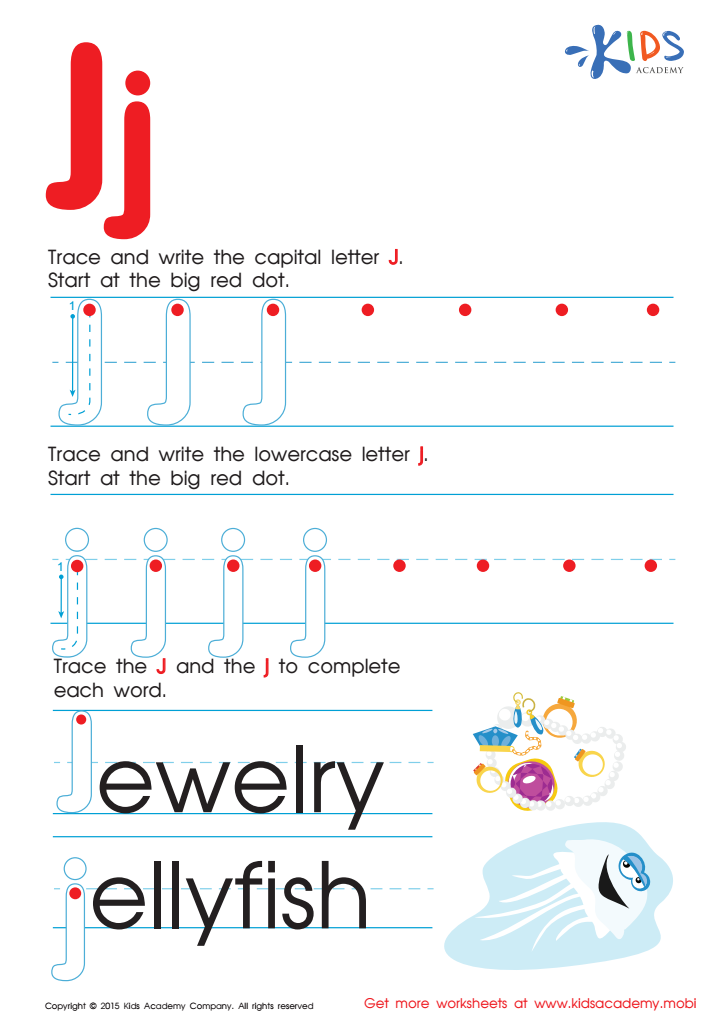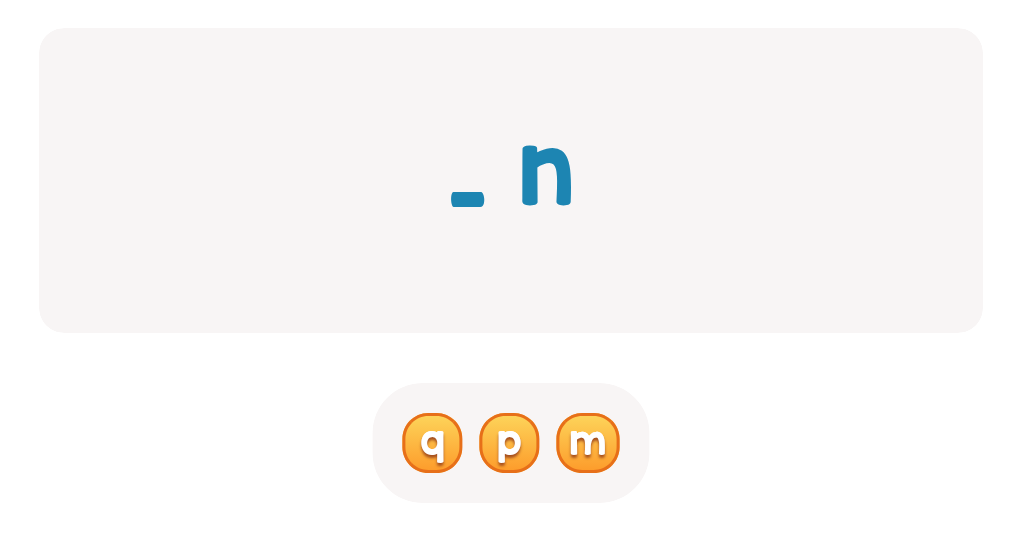Alphabet Recognition Normal ABC Order Worksheets for 6-Year-Olds
8 filtered results
-
From - To
Unlock your child's potential with our engaging Alphabet Recognition Normal ABC Order Worksheets designed specifically for 6-year-olds! These interactive worksheets provide a fun way for young learners to enhance their literacy skills by practicing the correct sequence of the alphabet. Tailored to promote alphabet recognition, these worksheets encourage children to identify and organize letters through activities that capture their attention and spark their imagination. Perfect for home or classroom use, our resources support early learning and build a strong foundation in reading. Help your child become a confident reader while enjoying the journey through the ABCs with our exciting worksheets!


Letter O Tracing Page


Letter I Tracing Page


Letter C Tracing Page


Letter M Tracing Page


Letter J Tracing Page


Letter N Tracing Page


Letter B Tracing Page


Letter E Tracing Page
Alphabet recognition in normal ABC order is crucial for 6-year-olds as it serves as the foundation for language development, reading, and writing skills. Children who can recognize and sequence letters not only gain confidence in their literacy abilities but also enhance their problem-solving and critical thinking skills. Recognizing the alphabet helps young learners identify the spelling of words, making it easier to decode unfamiliar text and understand meaning.
Moreover, when parents or teachers prioritize alphabet recognition, they foster a love for reading and learning that can last a lifetime. Early mastery of the alphabet allows children to engage more readily in classroom activities, participate in discussions, and express their thoughts clearly.
Additionally, alphabet recognition contributes to broader cognitive development. It supports memory skills, as remembering letters in sequence requires mental organization and recall.
When educators and parents emphasize normal ABC order, they also create a common framework for teaching literacy, easing communication and collaboration between home and school. This shared effort ultimately helps build a solid foundation for academic success and prepares children for future challenges in literacy and beyond. Therefore, prioritizing alphabet recognition is not just about letters; it’s about nurturing effective learners.
 Assign to My Students
Assign to My Students





























